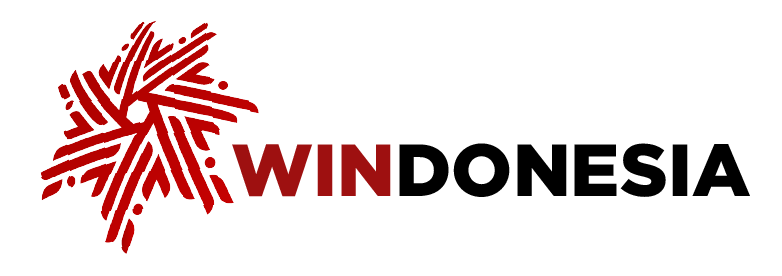City
Samarinda
Samarinda – Gateway to business and nature
Ever since the 1700s, East Kalimantan's provincial capital of Samarinda has always served as an important trading port. This is in large part thanks to it having the nation's second largest river, the Mahakam River, passing through it and blessing the city's inhabitants (currently at 861,878 people living throughout Samarinda's vast 718 square kilometer city limits) with forests that have historically attracted international timber companies. The city's location at the edge of Kalimantan also means that it serves as a gateway for travelers on their way to the island's interior. Quite befitting for such a wealthy hub of commerce, Samarinda was voted as one of Indonesia's top 10 most livable cities of 2022.
Though Samarinda is generally known as a busy port city of banking and commerce, it also is a popular tourism destination. There is the Pinang Seribu, the Tanah Merah and Berambai waterfalls for nature lovers. Steling Selili, the tallest hill in the city, allows climbers to see views of Mahakam River and half of the city from up on top. Unmul Samarinda Botanical Gardens, a 4.7-kilometer looping trail that is great for camping, hiking and biking. Culture lovers can step into Pampang Cultural Village to see showcases of culture from the indigenous Austronesian Kenyah peoples. Samarinda also has one of the largest mosques in Southeast Asia with the Baitul Muttaqien Mosque.
All of this rich wealth of tourism and its busy flow of commerce has made Samarinda enormously prosperous. Though it did struggle to get back on its feet early on in the pandemic, with only a growth of 2.78 percent in 2021, it has since rebounded, with growth rates in the past two years that exceeded national averages at 6.60 and 8.62 percent in 2022 and 2023 respectively. Its Gross Regional Domestic Product (GRDP) at current prices in 2023 was Rp 89.29 trillion, with the biggest contributing industry being construction (at Rp 20.63 trillion or 23.10 percent), followed by wholesale and retail trade (at Rp 15.05 trillion or 16.85 percent), and mining and quarrying (at Rp 9.51 trillion or 10.66 percent).
Show more